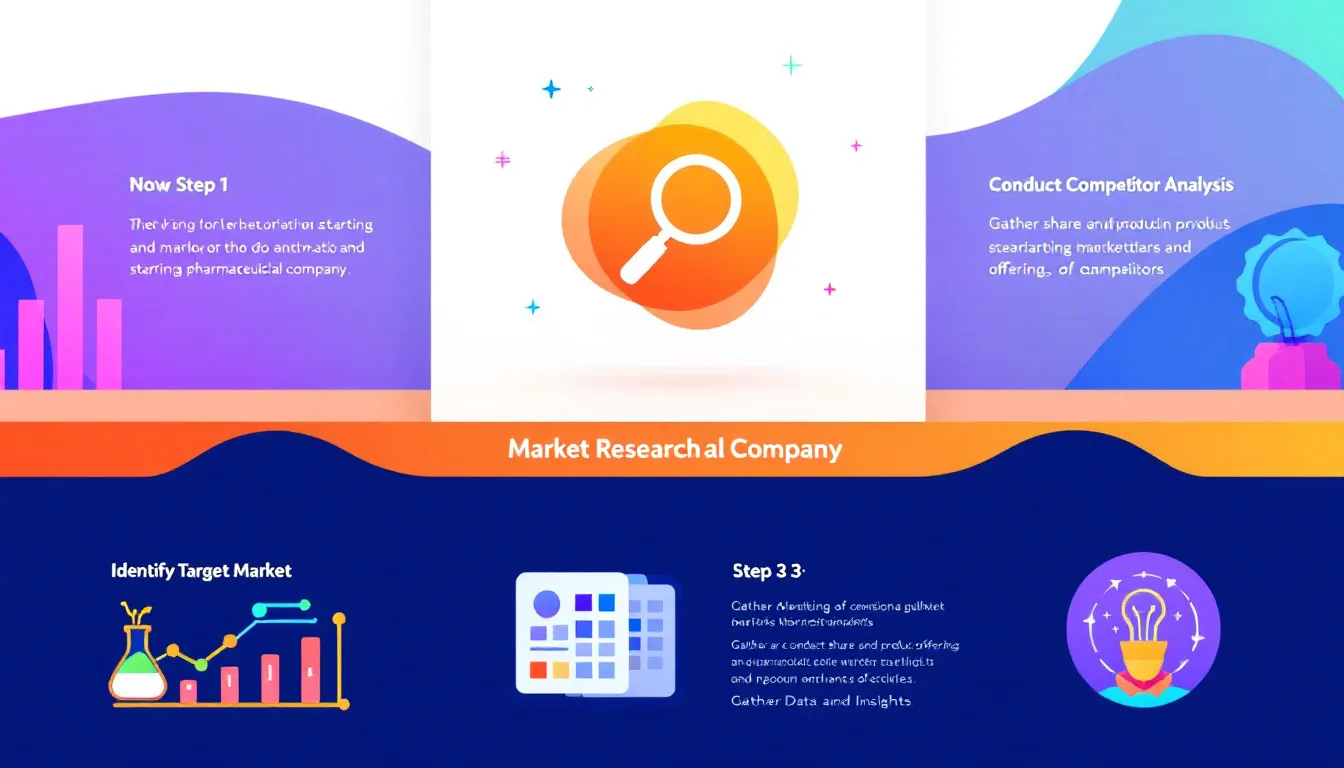Lyophilization is an important process used in many industries, especially in pharmaceuticals and food. It allows us to remove moisture from products while keeping them safe and effective.
This process helps medicines last longer and keeps flavors in food intact.
In this article, we will explore what lyophilization is, how it works, and why it is so beneficial.

In need of a high-performance and dependable Lyophilization machine?

What is freeze-drying? Freeze drying is a way to remove water from a product. It’s also known as lyophilization.
People often use these two terms to mean the same thing. When we talk about freeze-drying, we mean that we are taking something wet and making it dry. This helps to keep the item safe and lets us store it for a long time.
Lyophilization involves removing water from a product while keeping it solid. It’s a special process that helps to preserve the item’s quality, taste, and nutrients.
For example, think of ice cream. If you freeze it, it stays solid. But if you just let it melt, it gets all gooey and different. Lyophilization keeps the ice cream (or any product) just like it was originally, but without all the water!
What is lyophilization? Lyophilization is a clever method used to dry products like food and medicines.
It is a careful process that removes water from the product without cooking it. This helps keep the flavor and the good things inside the product. It’s like turning your favorite soup into a powder so you can store it easily. When you want it again, you just add water, and it’s as good as new!
In the pharmaceutical industry, lyophilization is particularly important because it allows for the long-term storage of sensitive medicines. These medicines need to stay effective and safe, and lyophilization helps achieve that.
In the pharmaceutical industry, lyophilization is very important. It helps make medicines last longer and stay safe. Let’s look at the steps involved in the lyophilization process:
| Step | Description | Purpose |
| Pretreatment | Preparing the product by mixing ingredients or adding stabilizers to protect the product during drying. | To ensure the product stays effective after drying. |
| Freezing | Cooling the product quickly to freeze it and trap ingredients inside. | To preserve the product’s quality and prevent damage. |
| Primary Drying (Sublimation) | Removing most of the water by turning frozen water into vapor without turning it into liquid (sublimation). | To remove the bulk of the water while preserving the product’s integrity. |
| Secondary Drying (Desorption) | Removing any remaining moisture by increasing temperature and reducing moisture content to very low levels (often <1%). | To ensure the product is fully dry and stable. |
| After-Treatment | Packaging and storing the dried product in protective containers to keep it safe from moisture and light. | To protect the dried product from spoilage and ensure long-term effectiveness. |
Before starting the lyophilization, the product often needs some preparation. This step can involve mixing the ingredients or adding special substances to help protect the product during drying. Sometimes, a stabilizer is added to keep the medicine from changing when it’s dried. This is important to ensure that the medicine stays effective after it’s dried.
For example, if you’re freeze-drying a vaccine, you might add something to help it stay strong even after drying. This way, when the vaccine is mixed back with water later, it works just as well as it should!
The first main step is freezing the product. The product is cooled down very quickly to make it solid. This helps trap all the good ingredients inside the product. Freezing is like putting your ice cream in the freezer to keep it from melting. The faster the product freezes, the better it will keep its quality.
If you freeze something slowly, it can form big ice crystals. These big crystals can break down the structure of the product, making it less effective. That’s why quick freezing is so important in the lyophilization process.
After freezing, the next step is primary drying. In this step, the frozen water inside the product turns into vapor without becoming liquid first. This process is called sublimation. The lyophilizer machine creates the right conditions for this to happen. It’s like magic!
During primary drying, the temperature and pressure in the machine are carefully controlled. This allows the water to escape as vapor while leaving the rest of the product intact. This step removes most of the water from the product, leaving it dry and ready for the next stage.
Next comes secondary drying. In this step, any remaining water is removed from the product. This is done to make sure that the product is very dry. If there is too much water left, it could spoil the medicine or change how it works.
Secondary drying is usually done at a higher temperature than primary drying. The goal here is to reduce the moisture content to very low levels, often below 1%. This step is crucial for ensuring the stability of the dried product over time.
Finally, after drying, the product might need some after-treatment. This can involve packaging the product in a way that keeps it safe and dry. For example, some products may need to be stored in special containers that protect them from moisture and light.
This is very important for medicines, as we want to protect them from humidity and air. If the dried medicine gets exposed to moisture, it can spoil. Proper after-treatment helps ensure that the product remains effective for a long time.
Lyophilization has many benefits! First, it helps preserve the product for a long time. Dried products don’t spoil as quickly as wet ones. This means we can store them easily and use them later. For example, when you buy freeze-dried fruits, they can last for months or even years!
Second, lyophilization keeps the quality of the product. The drying process doesn’t use high heat, so it keeps the flavors and nutrients intact. This is great for food and medicines, as they stay effective and tasty. You wouldn’t want your favorite soup to lose its flavor, right?
Third, products that have been lyophilized are light and easy to carry. For example, when you dry fruits or soups, they become light and small. This makes them easy to transport, which is important for medicines that need to be sent to hospitals or clinics. Lyophilized products take up less space, making storage and shipping more efficient.
Lyophilization is also helpful in the pharmaceutical industry because it allows for the long-term storage of vaccines and biologics. These products can be sensitive to heat and moisture, so lyophilization helps keep them safe and effective. When it’s time to use them, they can be reconstituted with water or other liquids and are just as effective as fresh products.
Lyophilization is an amazing process that helps us dry and preserve products like food and medicines. It involves careful steps, from pretreatment to after-treatment, to make sure everything stays safe and effective. The benefits of lyophilization are clear: it helps products last longer, keeps their quality, and makes them easy to transport.
Understanding lyophilization and how the lyophilizer machine works can help us appreciate the importance of this process in our daily lives. Whether it’s your favorite dried fruit snack or important medicines, lyophilization plays a key role in making sure they are safe and ready when we need them.
If you want to learn more about lyophilization and how it can benefit your products, visit our website or get in touch with us today.

Discover all of Canaan’s high-performance Lyophilization machines.




Pharmaceutical third party manufacturing is when companies outsource product production to specialized firms. This practice enables companies to focus on research and development. In this guide, we’ll cover the benefits, processes, and considerations of third party manufacturing. Key Takeaways Understanding Pharmaceutical Third Party Manufacturing Pharmaceutical third party manufacturing is a service where a company hires […]

Pharma discovery is crucial for finding new treatments for diseases. This process starts with identifying drug targets and ends with getting safe, effective drugs to market. In this article, we explain each stage of pharma discovery and highlight the innovations transforming this field today. Key Takeaways The drug discovery process is complex and entails multiple […]

If you want to know how do you start a pharmaceutical company, it involves conducting market research, developing a business plan, securing funding, and navigating regulatory requirements. This guide will cover these important steps and more to help you launch and grow a successful pharmaceutical business. Key Takeaways Conduct Comprehensive Market Research Starting a pharmaceutical […]